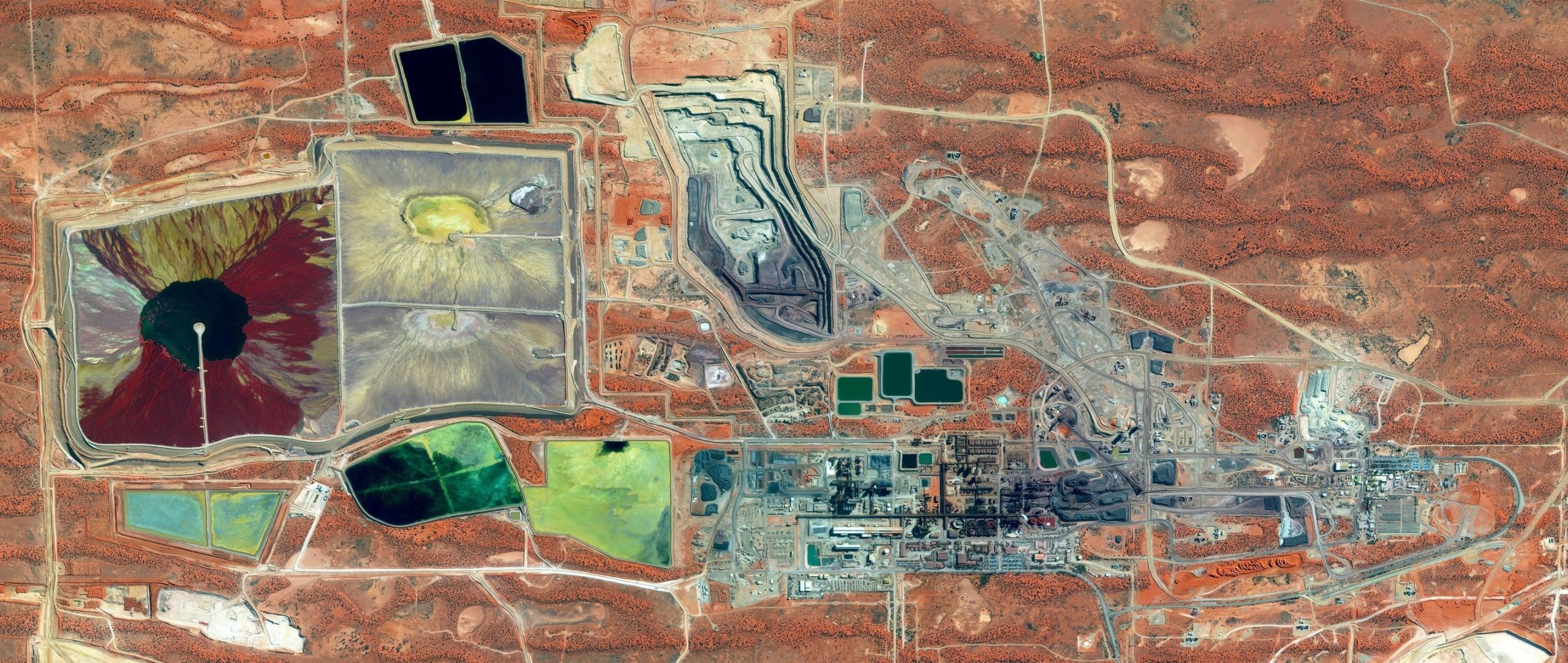In the second of the ANU’s Deep Conversations Series, co-organised by the Research Centre for Deep History and Research Centre of Environmental History, speakers and participants were encouraged to consider how the atom shapes the past. If you missed the webinar its now available on our youtube studio.
Invited to speak were two historians (Professor Heather Goodall and Jess Urwin) and two scientists (Dr Julia Carpenter and Dr Filomena Floriana Salvemini), all of whom centre the nuclear in their work. The ensuing discussion was colourful, multifaceted, and (oftentimes) surprising, encapsulating the various nuances that characterise the ways that the nuclear has shaped, continues to shape and is shaped by the past.
Beginning the conversation in our own backyard, Professor Heather Goodall discussed the British nuclear tests in Australia with expertise reserved for those researchers intimately involved in investigating the tests during the 1980s. Joined spontaneously by audience-member and fellow Royal Commission researcher Professor Maggie Brady, Professor Goodall reminded us all that it is not the tangible danger of the nuclear that shaped (and continues to shape) its relationships to Aboriginal communities and others, but rather its perceived danger.
The image of nuclear contaminants rolling across the desert in a cloud, or leaching into groundwater, mutating plants and animals, and ultimately making their way into vulnerable bodies remains predominant. It is upon this characterisation of the nuclear that the historiography (in Australia in particular) is predicated. But Professor Goodall, as well as traditional owners of the Maralinga Tjarutja Lands, continue to remind us that the effects of the nuclear expand beyond irradiation. Dislocation and disease, brought by colonialism, are also processes inherent to the history of the nuclear.
This was a theme I wanted to consider in my own contribution to the conversation. As historian Gabrielle Hecht has argued, the Nuclear Age is so often considered a vital historical ‘rupture’ point. The 1940s is popularly believed to have witnessed the explosion of a new historical and scientific epoch defined by the nuclear. I encouraged participants to consider the ways that the nuclear belongs to the colonial period, enabled by exploration, discovery and Aboriginal labour. Integral to this is engagement with Aboriginal stories of the nuclear, examples of which have been recorded in several instances over many decades. In discussing these points, I attempted to offer a problematisation of the historical periodisation of the nuclear while considering the question of whether the nuclear is as unique as history would have us believe.
Dr Julia Carpenter of the Australian Radiation Protection and Nuclear Safety Agency alluded to a similar question by drawing upon her experiences in rehabilitating former nuclear sites across Australia. She used Rum Jungle in the Northern Territory as just one example. The use of toxic heavy metals in mining is of the greatest environmental concern at Rum Jungle, yet it is the nuclear that remains predominant in discussions of environmental contamination and clean-up.
The perception of the nuclear as an industry with overwhelmingly disastrous environmental and human consequences has worked to overwrite the harm created by other toxic industries and more nuanced results of colonialism. Further to this, such emphasis overlooks the triumph of Indigenous groups the world over in not only surviving nuclear processes but engaging with and triumphing over them. Condemnatory narratives about the nuclear obfuscate its more positive interactions.
Australia’s Nuclear Science and Technology Organisation (ANSTO), Dr Filomena Floriana Salvemini explained, utilises the atom to unearth the past. ANSTO is vitally contributing to heritage preservation through the use of nuclear-beam technologies. While historical narratives of the nuclear remain – for the most part – preoccupied by its ability to contaminate and colonise, Dr Salvemini’s contribution to the conversation shone a light on the ways that nuclear technology can interrogate items of historical importance in a non-invasive way.
Concluding the conversation with this insight provided an entirely different interpretation of the ways in which the atom shapes the past. Not only has the atom shaped the past by virtue of the processes it has enabled, the power it can harbour and the contaminants it can leave behind, the atom can vitally unveil the past, both literally and figuratively.
Considering how the atom shapes the past provides valuable insight into the ebbs and flows of history, unveiling stories ripe with contradictions, complications, and contamination, but also narratives of triumph and hope.


